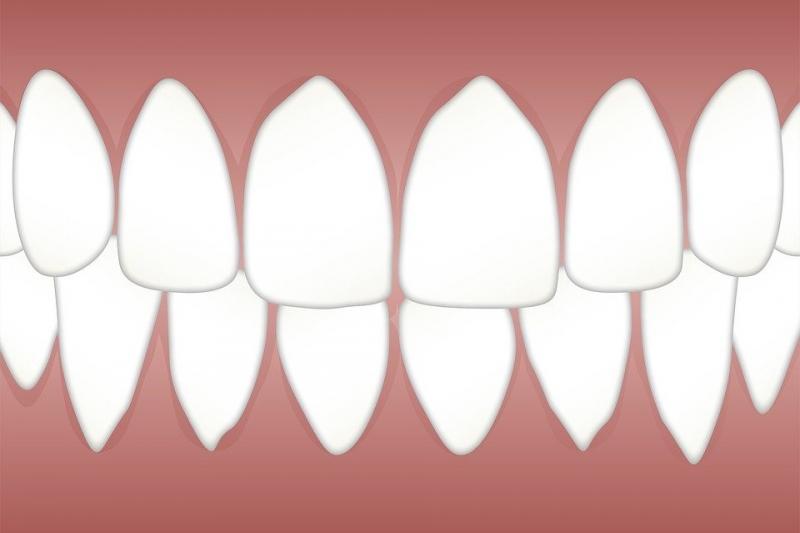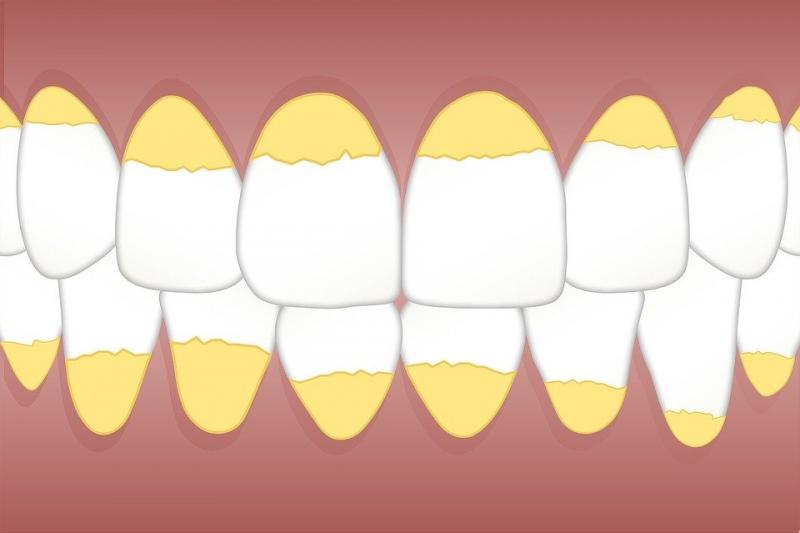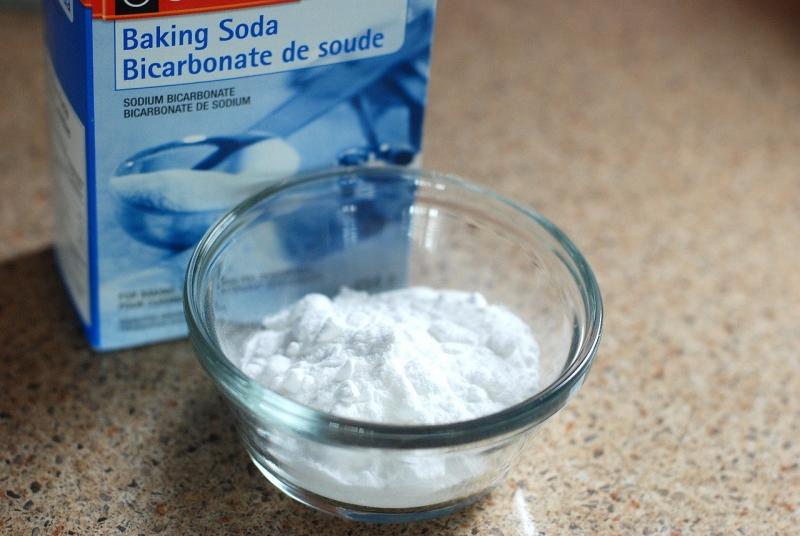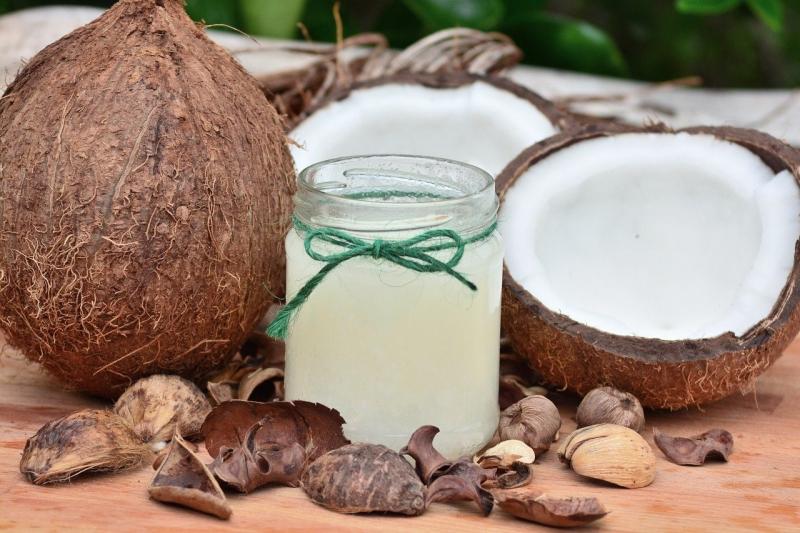What Can You Do To Get Whiter Teeth From Home?

Dental hygiene, health, and maintenance is one of those things we should all be thinking about more. Brushing and flossing are the staples, sure, but do you use mouthwash? Do you chew minty gum when you need a quick breath freshening out on the go? Ever stop to wonder how exactly chewing gum affects your teeth? (In case you actually did stop to wonder, you can read what the American Dental Association says about that at this link.)
One of the biggest dental concerns we all face is their color, or discoloration. Yellow teeth look ugly, right? If you are constantly anxious about showing them, you will avoid smiling, you might not feel as attractive as you actually are, and your confidence takes a hit... It’s all downhill from a little stain! Because of this, teeth whitening treatments are a soaring trend in the world.
Although we usually entrust this touchy process to the pros, with the current global situation you might not be in a position to visit your dentist for a casual bleach. You might also be wanting to rest your teeth from it all and maybe opt for some natural alternatives for a while? We got you covered! There are a ton of ways to get whiter teeth in the comfort of your home, from pro-grade products you can just order online to various natural home remedies.
Why do teeth turn yellow in the first place?
If you are going to whiten your teeth on your own, you should know why they need whitening to begin with. If you can identify, at least approximately, what caused your teeth to grow discolored, you can make better choices as to remedies.
Healthy and strong teeth are naturally white and bright. Over time, though, they lose that sparkly appearance and become dull, even matt. This is natural and can happen for a number of different reasons. Here are some of the most common ones.
1) Enamel erosion: this is the most concerning scenario. Enamel (the outer, hard layer of the tooth) is naturally white, but the dentin (bone-like tissue under it) is naturally yellow. If your enamel gets damaged enough to display the yellowness of the dentin, then repair or even replacement is more of a priority than whitening. You can recognize tooth erosion by certain tell-tale symptoms. Read up on that here: https://www.verywellhealth.com/signs-and-symptoms-of-tooth-erosion-1059451
2) Exposure to staining foods and drinks is the most common situation. There are certain types of foods and beverages that can discolor your teeth, most notably: coffee, tea, red wine, and blueberries (or any other kind of dark berry). Also, if your diet features a lot of sugar or simple carbohydrates, your chompers are at a higher risk of discoloration. Feel free to ask your dentist for some advice on what to eat and what to avoid, reduce, or substitute.
3) Tobacco is a massive culprit too. The world’s smoker population is not going to like us for telling you this, but if you smoke tobacco in any form, or if you chew it, you are bound to end up with a yellow or even brownish grin. This change takes some time to set in, which is why most leaf enthusiasts don’t pay it much mind. Once it does, though, a Hollywood smile will be ancient history and a lot harder to win back. Moreover, the characteristic scent of processed tobacco tends to linger in the mouth cavity, making fresh breath that much more difficult to achieve.

4) Plaque accumulation results from inadequate oral hygiene and poor dental care in general. It is perfectly normal and natural to have some building up every day (you know that nasty feeling on your teeth as soon as you wake up? yeah, that’s what we’re talking about). The trouble starts when there is too much of it, so make sure you manage your plaque levels carefully.
5) There are also some causes of dental discoloration that are beyond our immediate control, such as genetics, medication side effects, some trauma to the mouth, insufficient salivation, or simply growing older.
Okay, so what can you do to turn them back to white?
Now that you know what makes teeth grow yellow, we hope you have a better idea of what is your specific case. So, let’s talk about some of the most convenient ways to reclaim your pearly smile in home conditions.
Step up your brushing game.
It might sound boring, but it really is the most important thing. All other whitening strategies rely on you having a quality brushing routine, so set it up. Brush more often and make sure that you do it correctly. Use circular movements to protect your gums from any scraping damage. Time yourself: two minutes minimum (we recommend you play a song to help the time pass more quickly and prevent any mis-counting of seconds).
Do it as soon as you get out of bed (remember morning plaque buildup?) and before you turn in for the night. This is the famous “at least twice a day”. In between, whenever possible, go for a brushing after any of the foods and drinks that cause whitening. A note of caution, though: if you consume anything acidic, like coffee, onion, pickled foods, lemonade, etc. wait a little before you reach for the toothpaste. If you start scrubbing immediately, you will actually help the acid take away more of your enamel and quicken erosion.
Make sure you get the outside, inside, the chewing surfaces, and all the nooks and curves in between. Consider investing in a medically proven whitening toothpaste, as well as an electric toothbrush if you’re okay with the vibrations.
Consider a professional whitening product.
If you want to get guaranteed results safely, but you don’t have the patience to explore home remedy alternatives, your best bet would be to simply invest in a quality product that you can use wherever you find yourself. To help you reclaim your smile of snow at home, teeth whitening pros have come up with many portable solutions.
Look up your options online, and make sure you inquire with your chosen dentist before you purchase and apply. Let them know the ingredients of the products you are interested in, and ask what would be best for your specific dental condition. That way you can avoid any unwitting worsening of the situation and wasting your money on a thing that isn’t good for you.
If, however, you are down for some folk wisdom and chemical-free approaches, read on for the best natural tricks to make that smile stellar again.

Make your own natural toothpaste.
Yep, we mean it. Baking soda has long been popular as a savior of smiles, so give it a shot! Nowadays it’s even included as an ingredient in industrial toothpaste, if you want to keep that in mind for later reference. Improvised baking soda toothpaste is generally made in two variations: with water and with hydrogen-peroxide.
For the former option, mix 1 part baking soda with 2 parts water to get a runny paste-like consistency. Dip your toothbrush into it or put some on with a spoon and scrub away like you usually would. You can buy baking soda online, in grocery stores, health food stores, and even some pharmacies (it is used to relieve symptoms of acid reflux, which you can learn more about here if you’re interested).
For the latter option, likewise mix 1 part baking soda and 2 parts hydrogen-peroxide. Consider purchasing a small quantity at your local pharmacy and tell them what it’s for, so you don’t have to worry about it being too strong a concentration. If you use this paste, make sure to thoroughly rinse your mouth with water afterwards. Alternatively, mix the ingredients in the aforementioned ratio, and then dilute that in a quantity of water to make a mouthwash.
These methods yield steady but slow results. If using the soda-peroxide mix, expect around 6 weeks to pass before you make any significant improvement. For the soda-water mix, it will take somewhat longer. Possibly the greatest benefit of using a baking soda-based paste is that it will tip your mouth’s pH balance towards the alkaline end of the scale, making it more difficult for troublesome bacteria to thrive.
Try oil pulling.
Sounds gross? It might feel gross, but it helps. Oil pulling is a traditional remedy imported from India, where they use it to get rid of the toxins in the body and improve overall mouth hygiene. This is how it works: you take some oil in your mouth, push it and pull it through your teeth, and spit it out.
Trouble is, you need to do it continuously for 15-20 minutes, which a lot of people simply don’t have the patience for (not to mention the oily coating on your tongue). Although science has not confirmed any direct whitening effect from oil pulling, it has confirmed benefits in reducing plaque and gingivitis problems.
Indian tradition dictates using either sunflower oil or sesame oil. Sesame oil in particular has been found to produce excellent results in reducing the presence of the Streptococcus mutans bacteria in saliva in just one week’s time.

The most popular alternative is coconut oil, because it has various health benefits of its own, as well as a much more pleasant scent and taste. One particular advantage it has in terms of dental health is the lauric acid, which it contains in commendable levels. Lauric acid kills bacteria and reduces inflammation.
Whichever specific type of oil you decide to use, the actual procedure is the same. You need roughly one tablespoon of oil (if using coconut, warm it up a bit until it is properly liquid), the higher quality the better. Take that in your mouth and swish it through your teeth for no less than 15 minutes, but no more than thirty. Keep it from touching the back of your throat.
Whatever you do, don’t swallow the oil, as it will have picked up the food residue, bacteria, and toxins from your mouth cavity,. Instead, spit it into your waste paper basket or toilet, but not into the sink or tub because it is highly likely to clog up your drain. Rinse your mouth with clean water and brush your teeth like usual. Some people also drink a full glass of water after oil pulling.
Give apple cider vinegar a shot.
Although you shouldn’t go overboard with it, apple cider vinegar can help restore your tooth color, since it has bleaching properties. As of yet, its use on human teeth has not been scientifically studied enough, so be careful. Apple cider vinegar is basically concentrated organic acid. As such, it has high potential to damage the surface of your teeth, erode their structure, and reduce hardness.
If you do decide to give it a go, use it only in the form a mouthwash. Mix 3 oz of water with 1 teaspoon apple cider vinegar. Take a minimal amount and swirl it around your mouth for roughly 30 seconds, rinse thoroughly and brush your teeth as always. This is not a solution for everyday; use it sparingly to prevent any acidic erosion of your enamel and do protect your gums and mouth from irritation.
Remember, if you have cavities, bleeding gums, or other dental problems, seeing a professional is always the best way to go. If you’d just like to boost your aesthetic a bit, give these solutions a try. Some nutritional tricks, like eating fruits and vegetables rich in water, might help too.
Our advice is: whatever method you decide to test out, take careful note of what you did, how, and for how long. You will want to have that info on hand when you next talk to your dentist. They can provide you some invaluable feedback! Lastly, these are just the most popular remedies. What other tricks have you heard of? Leave us a comment!
More to Read:
Previous Posts:





